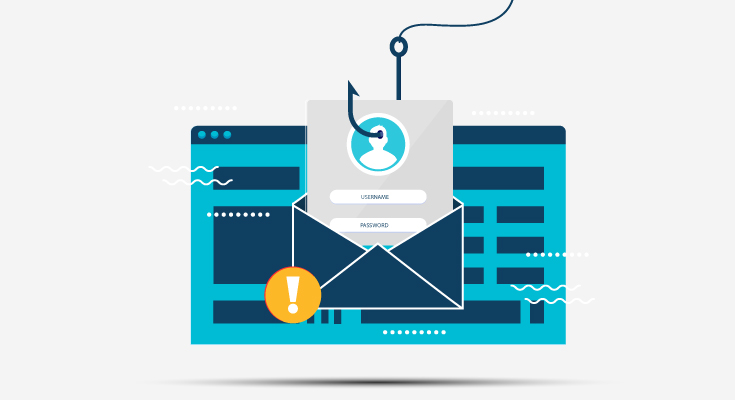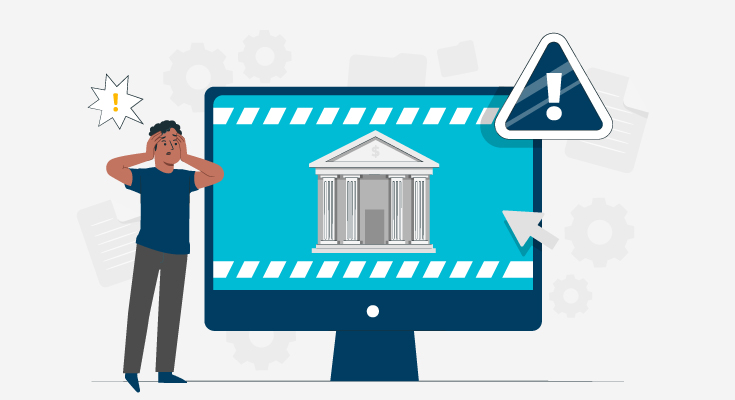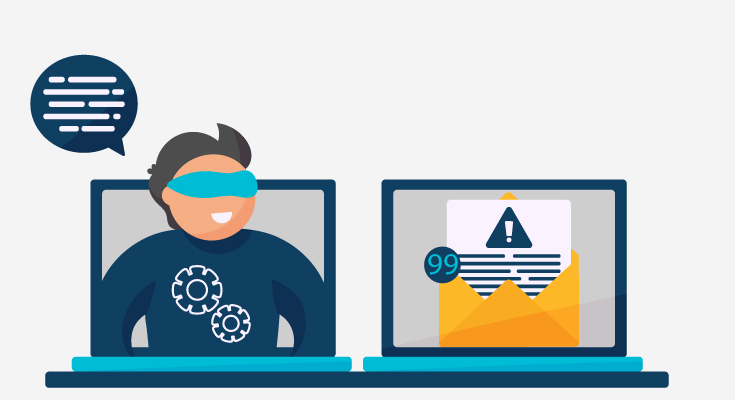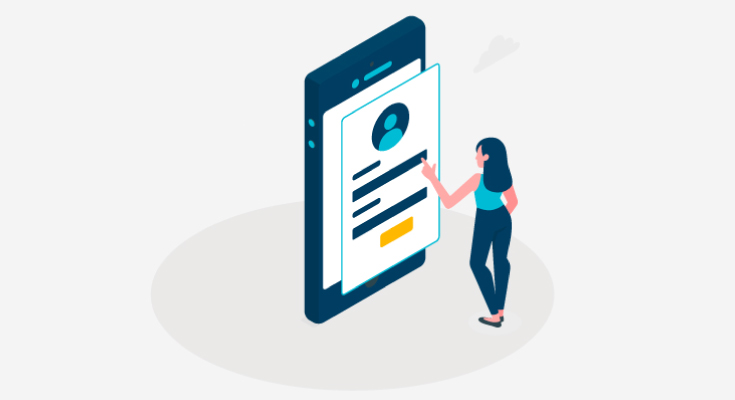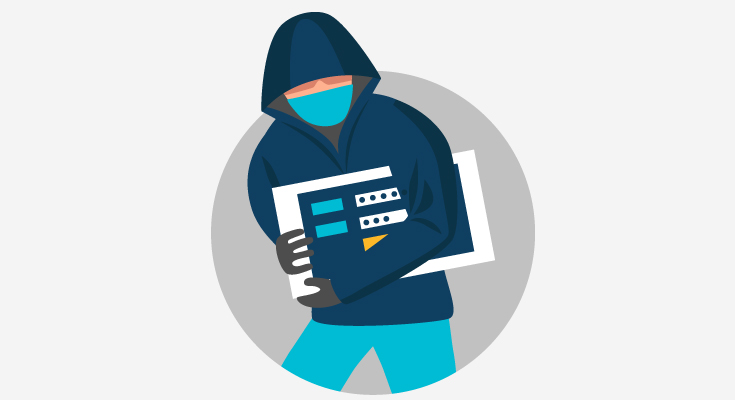Subscription fraud is one of the least common types of fraud faced by communications service providers. Even if the problem is small, it has a huge impact. The problem has grown by nearly 6% from $1.92B to $2.03 billion.
In this guide, we’ll outline the 5 most common types of subscription fraud that communications businesses face.
What is Subscription Fraud?
Subscription fraud can be a symptom of a gateway to other frauds. For example, fraudsters can create a synthetic identity to create a fraudulent subscription. This also helps fraudsters build a fake identity associated with a phone number.
These identities are then used to defraud banks, financial institutions, and other entities.
Apart from this, subscription fraud also continues in traditional ways, such as people who subscribe but don’t intend to pay, or a type of fraud that seeks to acquire incentivized devices falsely just to sell them online.
Types of Subscription Fraud That Communications Businesses Face
1. Fraud Shown as Bad Debt
There is a type of fraud where fraudsters show themselves as bad debtors. More than 40% of the experts CFCA surveyed say less than 10% of the bad debt is actually due to fraud.
However, whether the communications service providers have a way to differentiate between bad debts and scams may challenge this statistic.
If a fraud is categorized as bad debt, it won’t be investigated or stopped. This means scammers can return over and over again to different service providers with different types of fraud with little concern of being caught.
2. Fraudsters Hide Among False Positives
Fraudsters take advantage of the fact that CSPs don’t share fraud data among themselves. While the financial industry has started sharing liability data to prevent a single fraudster from tricking the system again and again, CSPs are yet to do that.
No company wants to share insider information with its competitors, but to prevent fraud, collaboration is essential.
While Communication Service Providers have managed to reduce the number of false positives, others are struggling. According to reports, fraud management systems tend to detect fraud with an average false positive rate of either 13% or 88%.
26% of the fraud management systems spend an average of 20 hours per week researching false positives. What makes things even worse is that around 52% report using no third-party data to help gain insights required to differentiate between real fraud from false positives.
3. IoT-Based Subscription Scams
The risk of fraud in the Internet of Things (IoT) is clear from CFCA’s survey. Only 41% of service providers are actively checking for fraudulent activity in IoT data. The survey reveals that Distributed Denial of Service (DDoS) attacks, misuse of unlimited data services, and SIM swaps are the most common methods used for IoT-related fraud. This indicates that criminals have a relatively easy time exploiting the growing IoT landscape, as it lacks adequate defenses. This vulnerability can lead to serious crimes, such as using SIM swaps to gain control of personal bank accounts.
4. Back-Office Inefficiency-Based Subscription Fraud
Inefficiencies in the back office and the use of isolated systems are causing an increase in fraud losses. Various departments, such as sales and marketing, credit risk, fraud, and collections, often operate on separate systems.
Although each department collects valuable information, they rarely share this data. This presents two problems for fraud teams: they may make poorly informed fraud decisions, and they might create inconvenience for customers by requesting information that another department in the organization already has.
Fraud teams are also taking on broader responsibilities. According to CFCA, 39% of fraud teams now handle customer service tasks, and 20% are involved in sales and marketing. This expanded role for fraud managers becomes challenging when they have limited access to information due to siloed systems.
This issue is exacerbated when different departments have conflicting goals, as is often the case for sales and fraud management. Salespeople are motivated to close deals, while fraud departments aim to prevent fraudsters from exploiting the sales process and marketing incentives to steal subscriptions and devices.
Since it’s impractical to turn salespeople into fraud experts, it’s crucial to implement built-in real-time fraud controls in the sales process to maintain a balance between maximizing sales and minimizing fraud.
5. Streaming-Focused Subscription Fraud
For many years, Communication Service Providers (CSPs) worldwide have been striving to offer a variety of services, moving beyond traditional communications to focus on broadband and content. However, the landscape of content consumption has evolved, with streaming becoming the preferred method for accessing video content.
Major streaming services, with Netflix being a prominent example, have often turned a blind eye to customers sharing passwords with non-subscribers. This leniency was understandable during the phase of acquiring customers and building brand awareness. However, as these markets mature and approach saturation, the focus shifts to revenue assurance, highlighting the issue of subscription fraud.
While being lax about password sharing may have made sense in the early stages, it can now pose a barrier to revenue growth. This shift in attitude toward password sharing can have negative repercussions on stock prices and valuations, especially when streaming services fall short of their subscriber addition targets.
